drop burner height for large pots
strayarrow
11 years ago
Related Stories
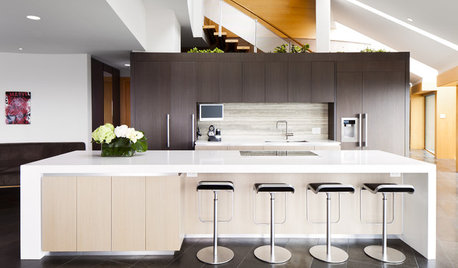
DECORATING GUIDESEasy Reference: Standard Heights for 10 Household Details
How high are typical counters, tables, shelves, lights and more? Find out at a glance here
Full Story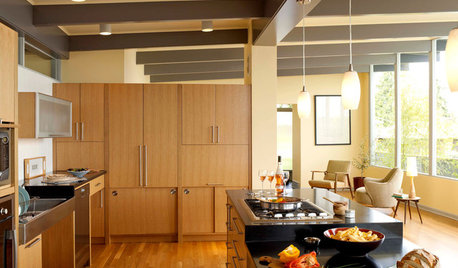
KITCHEN DESIGNThe Kitchen Counter Goes to New Heights
Varying counter heights can make cooking, cleaning and eating easier — and enhance your kitchen's design
Full Story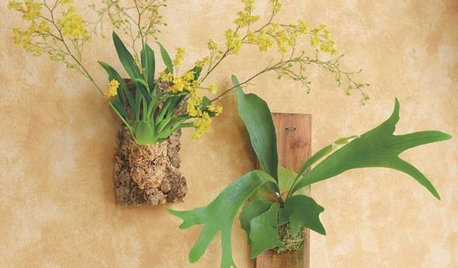
PRODUCT PICKSGuest Picks: 20 Uncommonly Attractive Pots and Planters
Cultivate some personality indoors with plant containers that are as unique as the greenery they hold
Full Story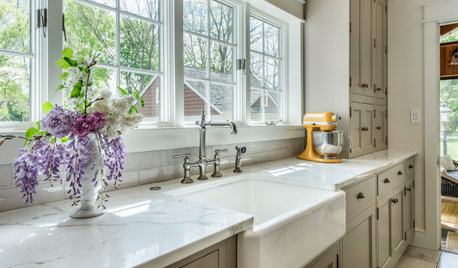
KITCHEN DESIGNHow to Choose the Best Sink Type for Your Kitchen
Drop-in, undermount, integral or apron-front — a design pro lays out your sink options
Full Story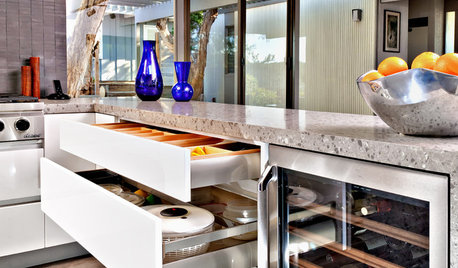
KITCHEN CABINETS9 Ways to Configure Your Cabinets for Comfort
Make your kitchen cabinets a joy to use with these ideas for depth, height and door style — or no door at all
Full Story
LANDSCAPE DESIGNGreat Design Plant: Retreat to the Shade of Hardy Catalpa
Big foliage and a towering height provide a shady respite in summer, but that's not all hardy catalpa offers dedicated gardeners
Full Story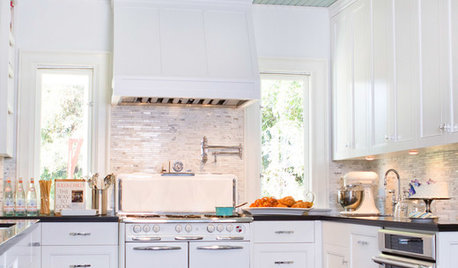
KITCHEN DESIGNJulia Child's Childhood Kitchen Gets a Makeover
Drop in on the California kitchen that may have influenced a legend, now remodeled for a next-generation cooking and entertaining enthusiast
Full Story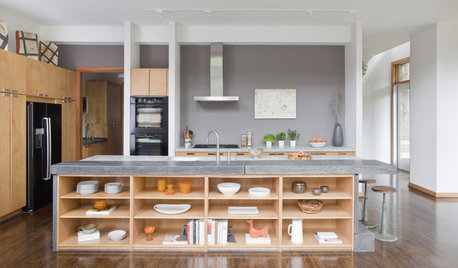
KITCHEN DESIGNHow to Design a Kitchen Island
Size, seating height, all those appliance and storage options ... here's how to clear up the kitchen island confusion
Full Story
CONTAINER GARDENSHappy Houseplants, Happy People
Potted plants add life and beauty to a room. Learn easy ways to keep them healthy
Full Story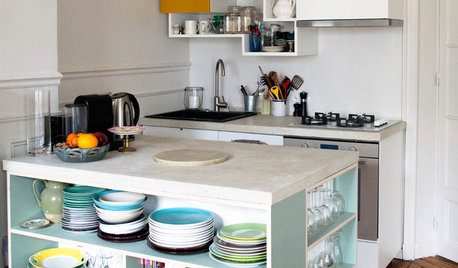
SMALL KITCHENSBig Ideas for Compact Kitchens
Check out these stylish storage ideas for kitchens both small and large
Full Story






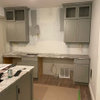
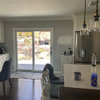


palimpsest
liriodendron
Related Professionals
Baltimore Kitchen & Bathroom Designers · Riviera Beach Kitchen & Bathroom Designers · West Virginia Kitchen & Bathroom Designers · University City Kitchen & Bathroom Remodelers · Andover Kitchen & Bathroom Remodelers · Eureka Kitchen & Bathroom Remodelers · Tulsa Kitchen & Bathroom Remodelers · West Palm Beach Kitchen & Bathroom Remodelers · Eufaula Kitchen & Bathroom Remodelers · Holt Cabinets & Cabinetry · Potomac Cabinets & Cabinetry · Green Valley Tile and Stone Contractors · Palos Verdes Estates Design-Build Firms · Shady Hills Design-Build Firms · Suamico Design-Build Firms